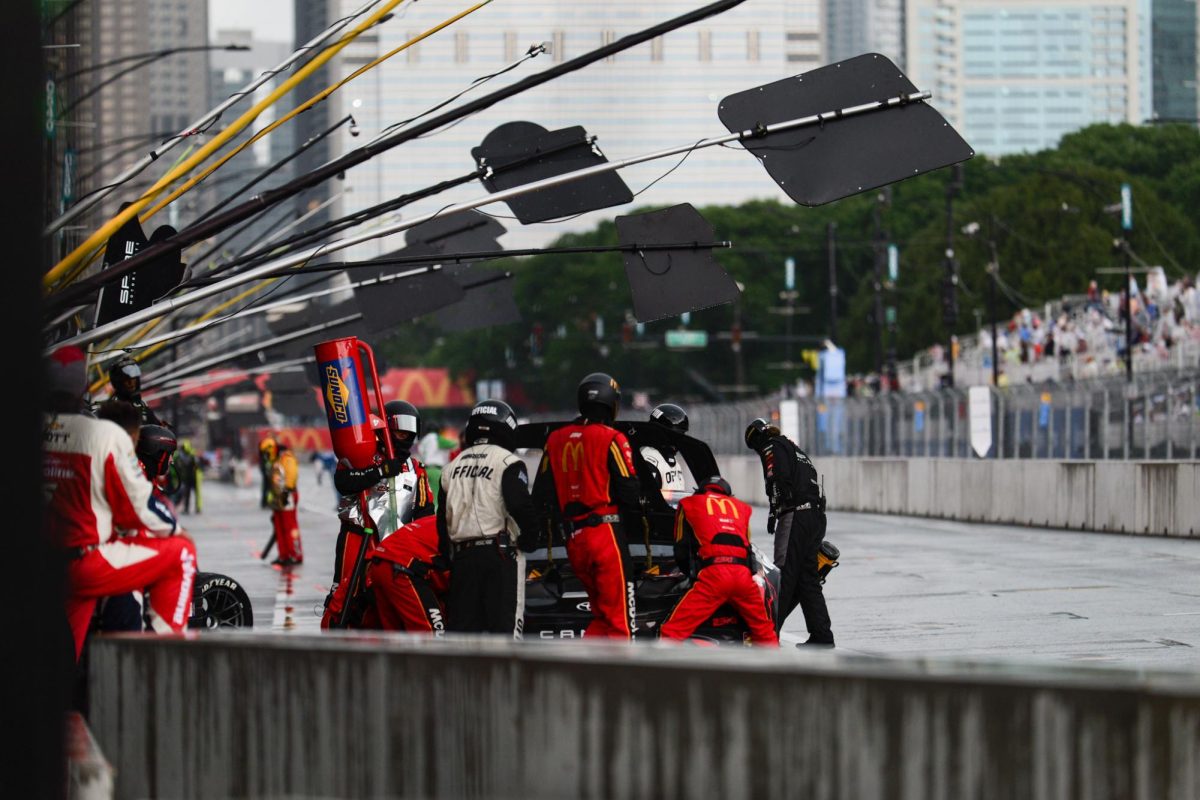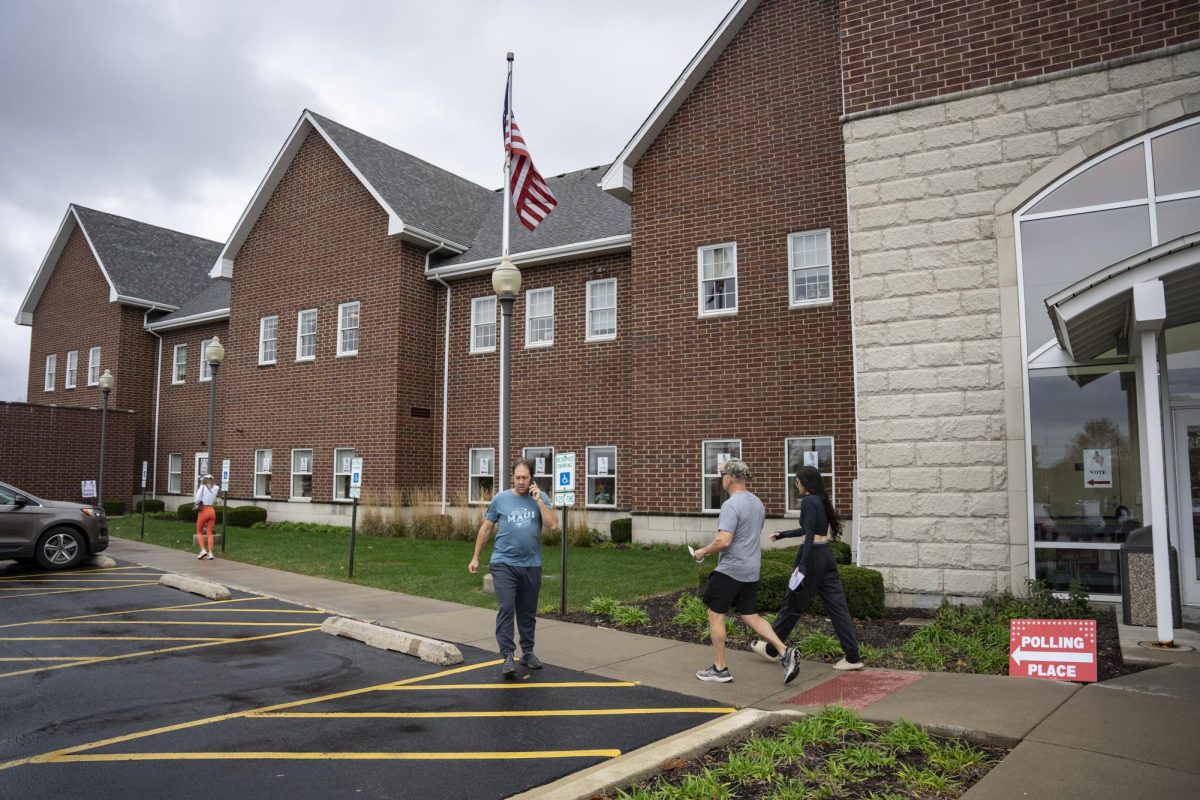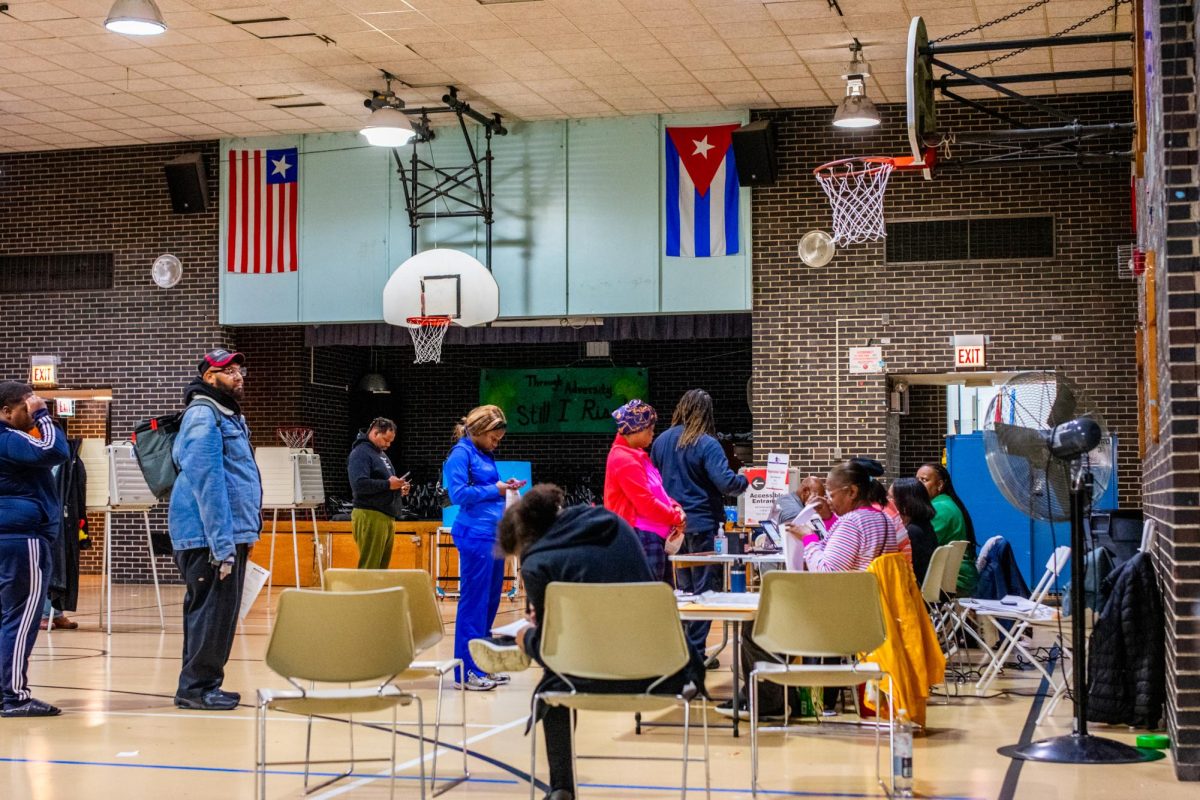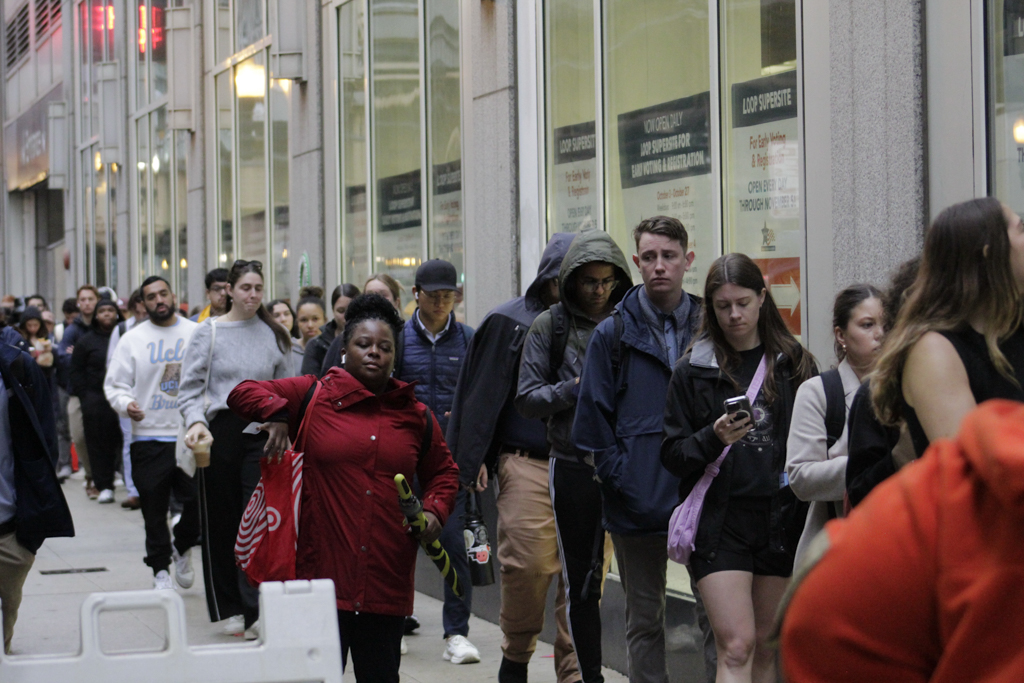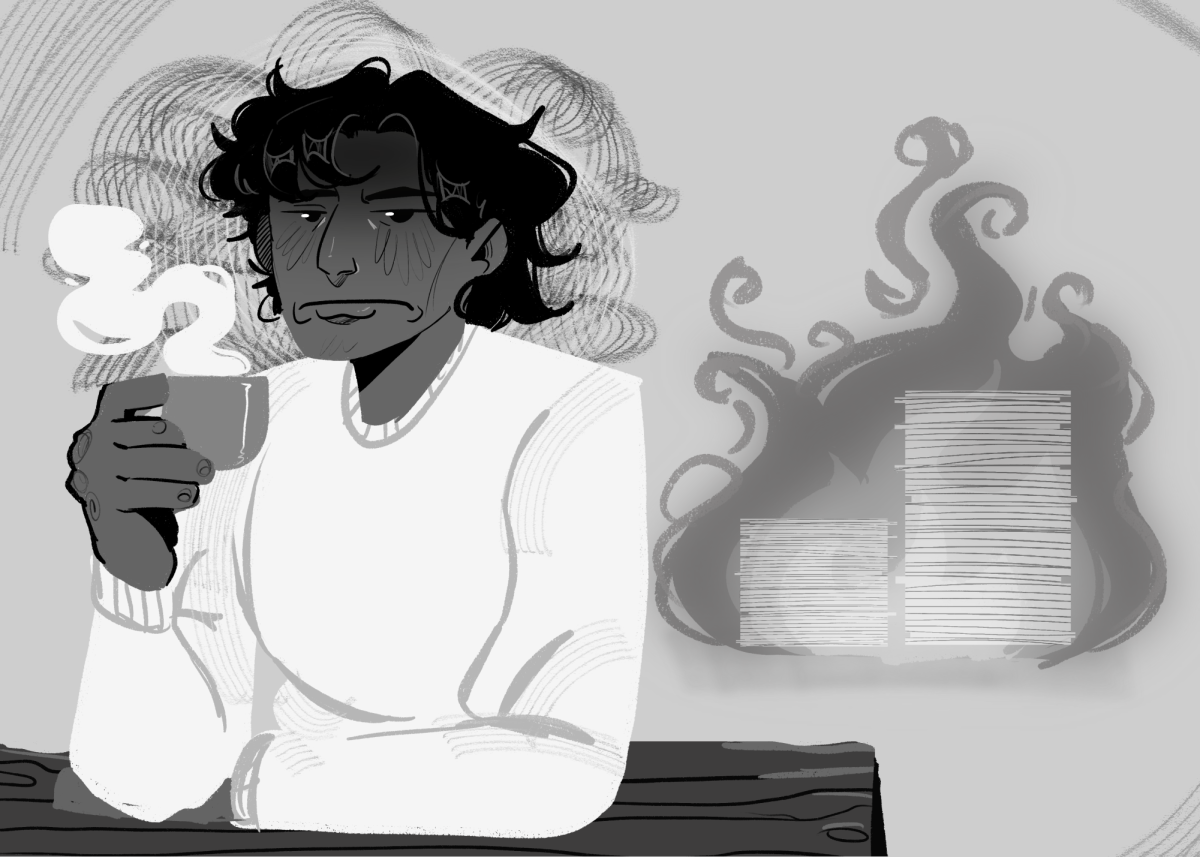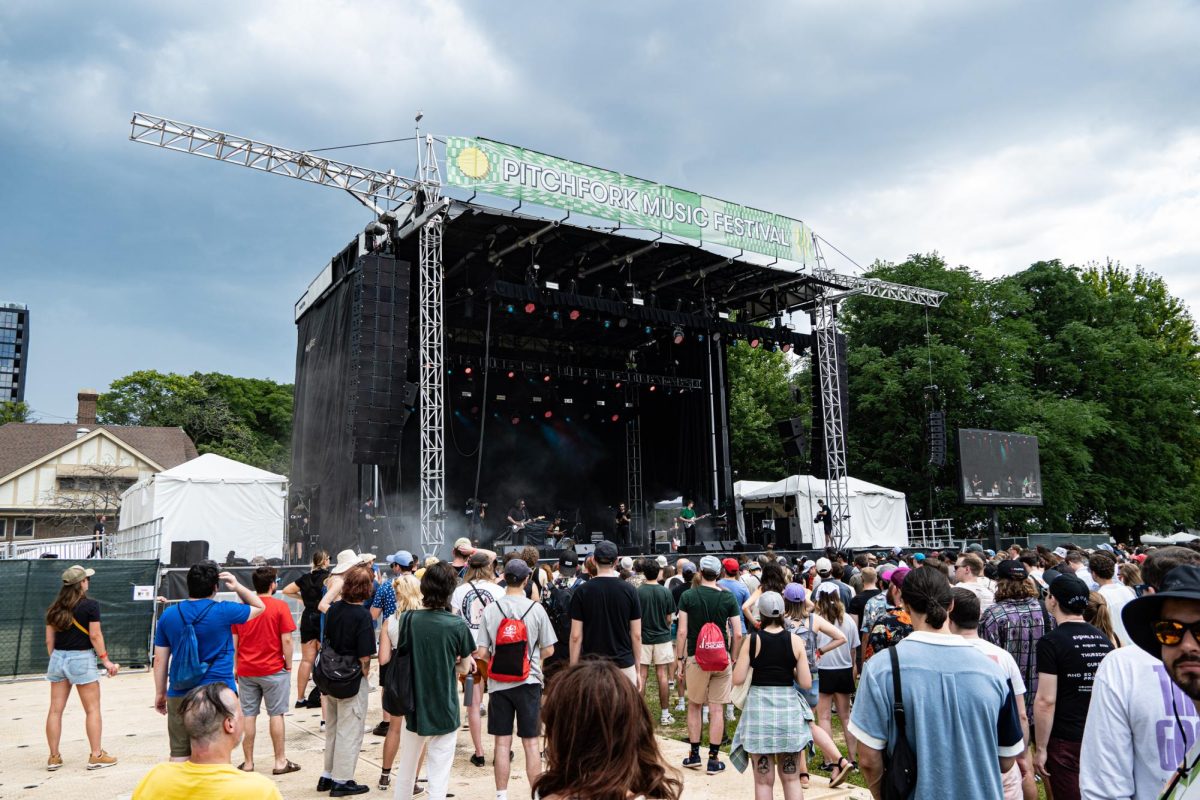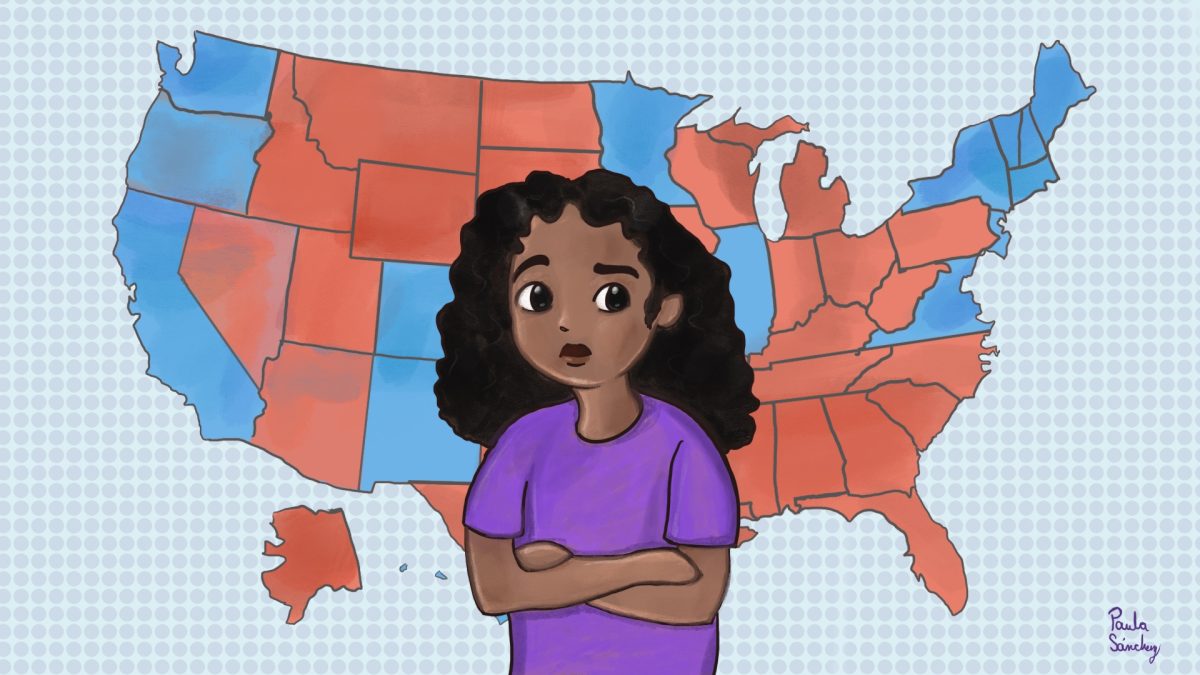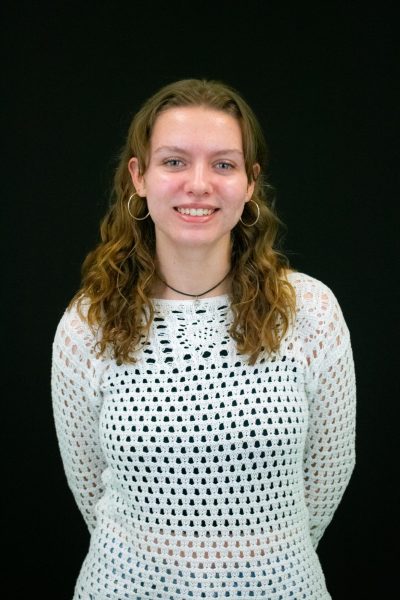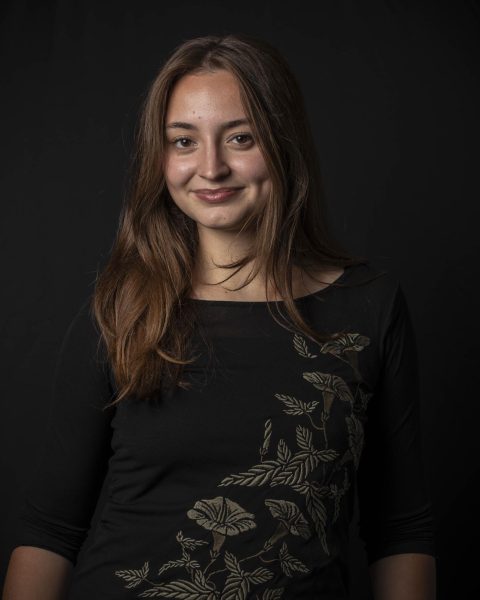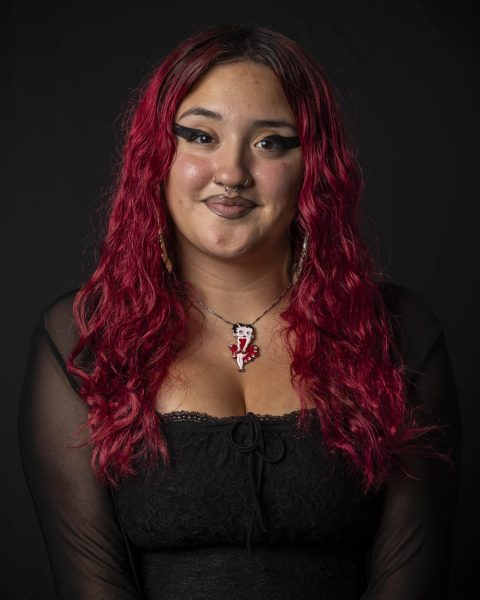Alex Bowman, No. 48, driving Chevrolet for Hendrick Motorsports, won the Grant Park 165 NASCAR Cup Series race on Sunday, July 7. Last year’s winner and driver to watch, Shane van Gisbergson, crashed in Lap 25, a third of the way through the 75-lap race through Chicago’s South Loop.
Van Gisbergsen won the shortened Cup Series race in Chicago last year and was favored to win again after he came in first in The Loop 110 Xfinity Series Race on Saturday, July 6, driving No. 16 Chevrolet for Kaulig Racing.
But Bowman made his way to first place around Lap 50, holding the spot until the checkered flag flew into the air at 8:20 p.m., marking a 2.86-second gap between him and Reddick, and the end of his losing streak of 80 races.
Gloomy clouds loomed over the course and heavy rainfall made for a slick pavement on the second day of NASCAR’s Chicago Street Race. The rain on Sunday was a reminder of the inaugural weekend in 2023. Torrential rain shortened both days of racing last year, and most of the concerts that were part of the festival had to be canceled.
The weather was picture-perfect on Saturday for the first day of racing this year. About 100,000 people were expected to attend the two-day event. Attendance fell far short of that last year, with just 79,000 people.
But on Sunday, rain once again plagued the marquee race.
Drivers took off down the home stretch around 4 p.m., 30 minutes after the scheduled start, which was delayed because of rain. Van Gisbergson started strong at first place within the first 20 laps, falling down to fifth by Lap 23. In a crash in Lap 25 with No. 14 Chase Briscoe, Van Gisbergen slammed into the track wall causing him to pull out of the race due to heavy damage to his car. He was credited with a 40th place finish.
A red flag was pulled out by NASCAR officials in Lap 26 around 5:30 p.m. as the rain poured onto the track. The main concern was the standing water in the field in areas with elevation changes. After an hour of a complete pause, drivers returned to their cars planning a slow lap around the track to check pavement conditions. Before taking off, the rain began to pour again. The race continued after a 1 hour and 43-minute red flag.
Kyle Larson, the third place winner of The Loop 110 Xfinity Series Race, crashed after the race resumed on Lap 34. His tires locked up at Turn 6 while chasing No. 54 Ty Gibbs for second place and skidded into the track wall. He pulled out of the race and earned a 39th place finish.
Bowman, whose first ever NASCAR win was at Chicagoland Speedway in 2019, held the first place spot around Lap 50, sliding through the finish line. On the final lap, Tyler Reddick No. 45, driving Toyota for 23XI Racing, landed second place just 2.86 seconds behind Bowman.
Bowman replaced the retired Dale Earnhardt Jr. as driver of the No. 88 Chevrolet after the 2017 season. Now, he has taken over the legendary No. 48 car after the retirement of Jimmie Johnson. Bowman owns seven career NASCAR Cup Series victories.
The street race in Chicago is the second in NASCAR history, with the city landscape creating a new course for fans and drivers. The 2.2 mile, 12-turn race is designed with left and right turns, elevation changes and the city backdrop in mind.
Hosting the race in the third largest city in the country has brought inconveniences to Chicago residents and commuters, such as extensive street closures. However, it also brought a great deal of economical benefits to the city.
According to Illinois Policy, the race takes second place in the most financially impactful Chicago-hosted sporting events. By bringing in $108.9 million, along with $8.3 million in state and federal taxes alone, NASCAR predicts even more amusement tax to be generated.
NASCAR reports 11 of their 42 tracks being road courses, including the Loop 110 and the Grant Park 165 courses this weekend, where the Xfinity and Cup Series took place.
Mark Hoog, from Brunswick, Georgia, who has been following NASCAR since he was 5 years old, has attended several stadium and road races around the country.
“It is definitely cool to see the skyline and everything around here,” he said. “The one downside, I would say, to this kind of track, is that you can’t see the whole track, whereas at some of the stadium tracks you can see the whole thing.”
Chicago resident Connor Moore, who started following NASCAR when his mother got him notebooks with pictures of the drivers on it as a kid, attended his third race today. Only having attended road-course-races, he admired the street race aspect that is brought to the experience.
“It adds a cool element, to see something that is traditionally a sport that’s more followed in the South, or maybe the West, have such an impact in downtown Chicago. To have a race quite literally in my backyard, it’s really cool to see.”
Zechariah Tucker from Gary, Indiana, came to enjoy his first NASCAR race with his friends and was surprised to see the “pretty extreme” fanbase. Although he is a new NASCAR fan, he notes the difference in the street race compared to regular season track.
“The fact that it’s not a regular track, and this is street racing, it’s going through downtown that you could drive through normally as a civilian. So it’s another fact that NASCAR drivers are driving through there, it makes it a little bit more exciting,” he said.
Meola Monteiro from Mumbai, India, attended her first NASCAR experience after hearing about the street race two months ago. She waited near the fence in Festival Field, ecstatic for the race to begin.
“Everyone was super helpful because we were trying to find our way around. We came here around 11 o’clock and the same four chairs have been here, so they are hardcore fans. It’s really nice being around people who really enjoy the sport.”
She was rooting for driver No. 5 Larson.
Ray Hernández, team fueler for driver Michael McDowell, No. 34 for Front Row MotorSports, said diversifying the sport needs more than an urban or different location like Chicago.
“Just because a race is here, doesn’t mean it’s going to all of a sudden change and diversify things. You have to do other things besides just putting a race track,” he said. “But I’m sure it’s a step forward, and I’m sure it helps in some ways, to change the demographic from the tracks you’re used to in the South, to have it in the Midwest is nice.”
The company has dedicated internships and programs that create opportunities for fans from diverse backgrounds and highlight the importance of inclusion on and off the track. The NASCAR Diversity Internship Program offers college students from diverse backgrounds hands-on experience in the NASCAR industry.
Growing up, Moore, who is Black, found it hard to admit his love for the races due to not seeing a history of racial inclusivity; however, he has since appreciated the efforts NASCAR has made towards inclusivity that he once saw as “the pipe dream of all pipe dreams.” Their ‘drive for diversity’ program and philosophy began in 2004 and the confederate flag was banned in 2020.
“I never thought I’d see that when I was a kid,” he said. “So to see that grow over the time, and now at 28 to come to three NASCAR races, two of them being in my hometown, you couldn’t have told five, six, seven-year-old me that, and I probably would’ve thought you were lying.”
Moore said he admired the efforts to support and widen the fan base and hoped to be able to see it in his hometown again.
“Kudos to NASCAR for doing that, and kudos to the city for it being open to the opportunity to do something like this. I hope they come back.”
Copy edited by Trinity Balboa



